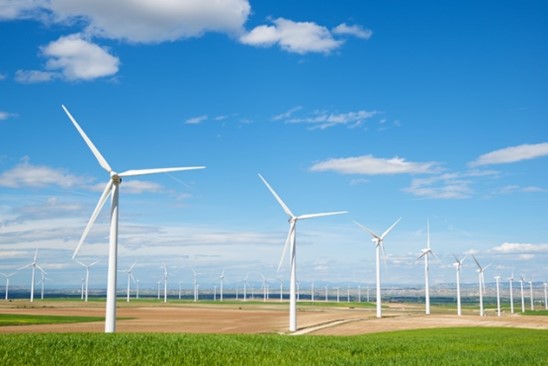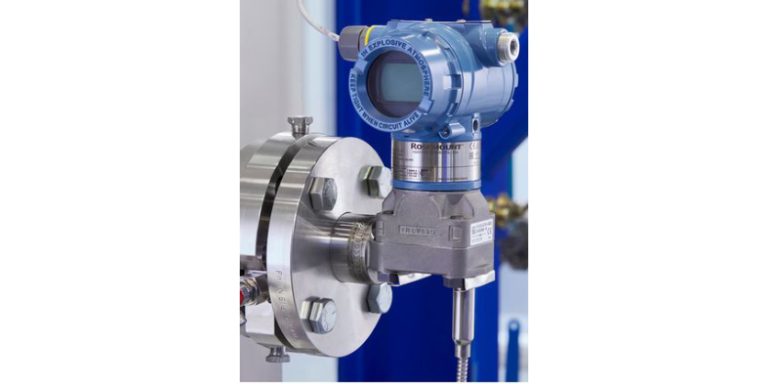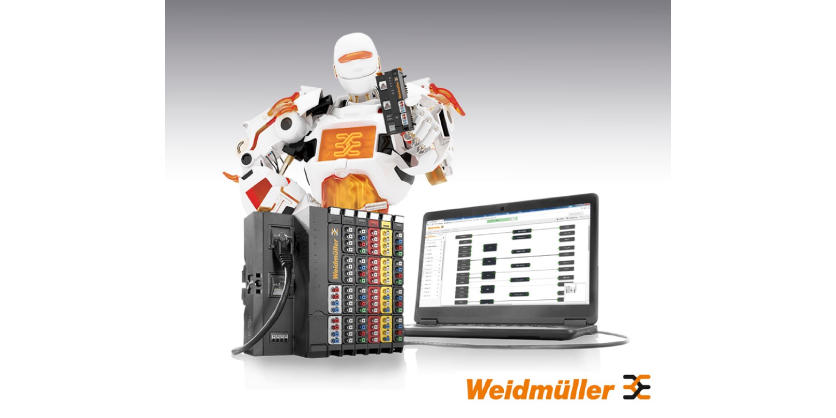Wind Turbines Using Universal Level Sensors in Renewable Energy Applications: ULS-100 from Gems Sensors’
March 1, 2023
The critical components and systems that make up a wind turbine need to be reliable. One common factor that limits useful life of these systems is continued stress on bearings, brakes, and gears. It is important to maintain proper fluid levels for optimal sustained performance, and to prevent occurrences that may result in expensive damage.
Application Challenge
| Finding a single liquid level sensor, with no moving parts, that will reliably detect gearbox oil, brake fluid, hydraulic oil, and will endure the vibration & temperature conditions found in a wind turbine nacelle. Vibration, temperature, humidity. These are all conditions to carefully consider when choosing level sensors for the various systems of a wind turbine. These sensors are expected to provide continuous trouble-free operation. The expense and extreme effort involved with maintaining these turbines is substantial, and downtime can be very costly. There are different types of sensors currently used, but each has its own specific limitations. |
Application Solutions

Gems Sensors’ NEW ULS-100 Universal Level SensorThe Universal Level Sensor does not rely on the characteristics (for example varying specific gravities) of the fluid to detect its presence or absence, and it has no moving parts to wear out or damage. It will reliably detect almost any liquid, and it resists coating and build-up. With its robust stainless steel housing, IPX7 & IP6k9k rating, resistance to vibration, and wide operating temperature range, the Universal Level Sensor is perfect for the conditions present in the turbine nacelle. Its small footprint and non-intrusive sensing element fit nicely where space is critical.




